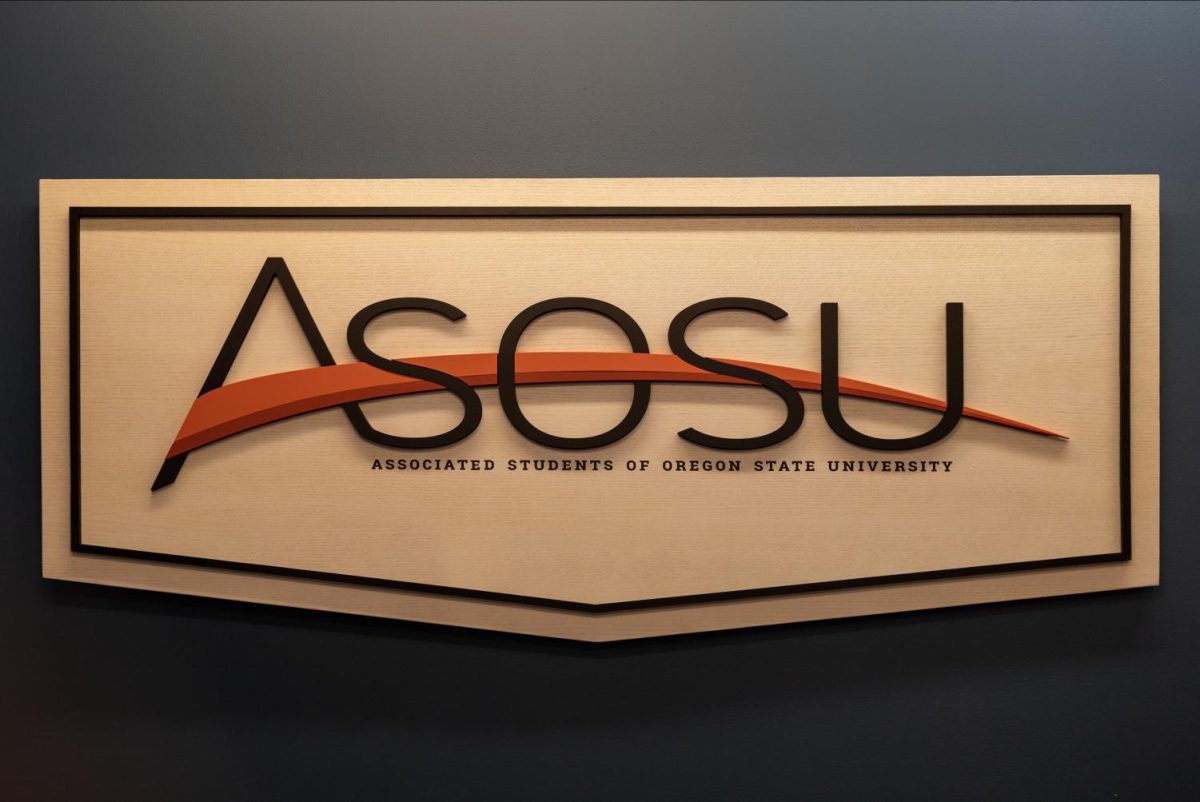The Student Fee Committee (SFC) has released their official recommendation for the rate and allocation of incidental student fees for fiscal year 2026.
As part of the high cost of education, students may be wondering what their fees pay for, and why they keep going up.
The Associated Students of Oregon State University, the Memorial Union, Recreation Sports, the Basic Needs Center, the Family Resource Center, Student Experiences & Engagement, and Performing Arts are all funded by incidental student fees.
Incidental fees pay for services including the OSU Food Pantry, outdoor gear and trips with the Adventure Leadership Institute, SafeRide, and the many extracurricular art and design classes at the Craft Center. These fees also pay wages for student employees and professional staff in fee-funded units.
With input from the budget managers and student advisory boards of each fee-funded unit, the SFC drafts a budget proposal, which is voted on by the ASOSU Senate. After Senate approval, the budget proposal is assessed by the ASOSU president and the OSU president before being presented to the university’s board of trustees, which has the ultimate authority to ratify the budget proposal.
The fiscal year 2026 proposal includes a 1.60% increase in incidental student fees, up from $527.07 to $535.52. In total, the SFC’s budget for fiscal year 2026 is $36,201,152.
“It’s one of the lowest increases in the last ten years,” said former SFC Chair Sophia Nowers, who oversaw the 2026 budget.
Nowers praised the budget managers and student advisory boards for their efforts to minimize rate increases while maintaining the same level of services.
“They did a great job finding ways to be creative and keep the fees low,” said Nowers. “We’re at half of (the rate of) inflation as an increase, which is just amazing.”
The unit that saw the largest percentage increase in funding was the Family Resource Center, at 9.43%. This was the result of a decision package which allocated an additional $100,000 of funding for ASOSU’s Child Care Assistance program, the first increase since fiscal year 2020. These funds will be used to help students with children afford child care while they pursue education at OSU.
But not all fees fall under the jurisdiction of the SFC. The University Budget Committee (UBC), composed of administrative faculty, professors, ASOSU representatives, and students, oversees central university budgeting, and monitors central budgeting on the timeliness, regularity, visibility, and accuracy of its reports.
Under Oregon law, universities may establish rates, charges and fees for use of buildings, structures and projects under its control, which are reflected in the Student Building Loan/Debt Fee.
The UBC’s 2026 budget proposal includes a $45 increase to this fee, a 76.27% jump from fiscal year 2025.
The Student Health Fee provides students with access to health care and counseling services through Student Health Services and Counseling & Psychological Services at no additional cost. The new budget proposal includes an increase of 3.57% to Student Health Fee rates, bringing the total cost of UBC-determined fees to $356.56 per student.
Altogether, students will be paying a total of $892.08 in fees. This amounts to a 7.49% increase from fiscal year 2025, with the majority of that increase coming from fees charged by the UBC.





